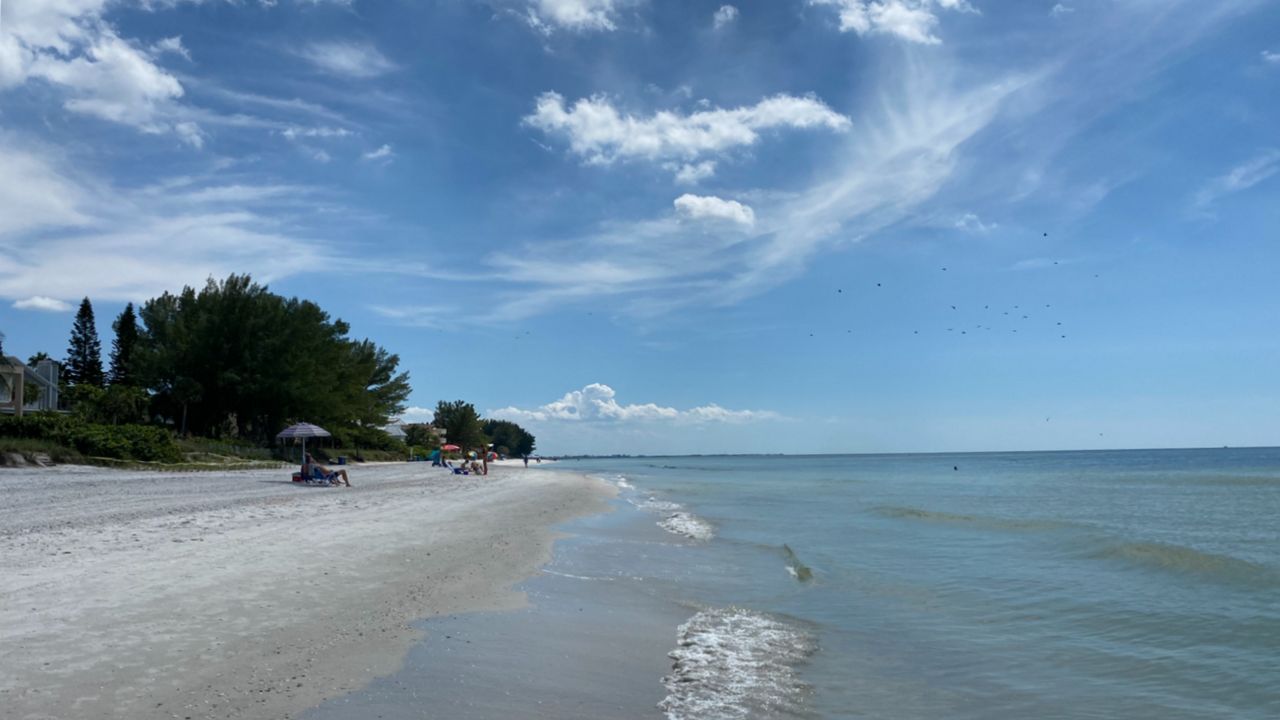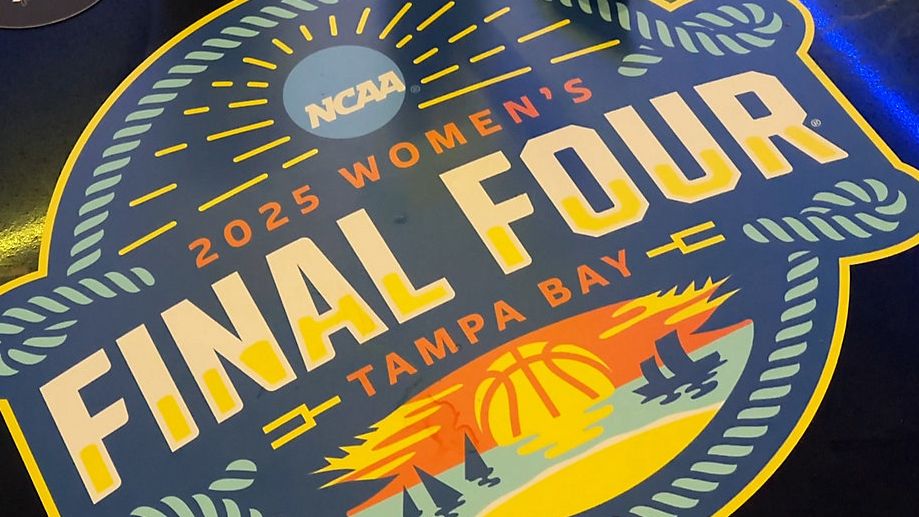ST. PETERSBURG, Fla. — The Shore Acres Civic Association met with St. Petersburg city leaders last week about flood mitigation plans, and they learned the history behind why their neighborhood has been so prone to flooding.
“We came out of the meeting with more knowledge of the extent of the problem,” said Kevin Batdorf, Shore Acres Civic Association President. “The mayor is taking it seriously and wants to help us solve this problem.”
According to a presentation by Public Works Administrator Claude Tankersley, Shore Acres is the lowest lying neighborhood in the city because it was built on top of marsh with only three feet of dredged-fill, in contrast to five feet in Snell Isle. The neighborhood was also built in the 1920s before city standards were created in the 1950s, therefore sea level is only one foot below the street edge, which means water drains slowly.
“Our roads are 2 feet lower than anywhere else in the city of St. Petersburg,” Batdorf said. “That’s a problem. It never should have been built like this.”
Shore Acres is shaped like a flat-bottomed bowl with poorly draining soils, according to Tankersley. The city will be spending $500,000 this year to replace 14 old model backflow preventers to combat sunny day flooding. Batdorf said he wants to see all the backflow preventers replaced.
“The city is replacing 14 of the 56 backflow preventers. We need them to replace all 56,” he said. “Once that’s done, then we need to determine if that’s actually working to keep the water out of the streets of Shore Acres.”
Batdorf said residents should never have seawater in the streets from tides which has become a near daily problem.
“Imagine you get a brand new Tesla. You have to drive through saltwater to get home,” he said. “Saltwater and metal don’t mix well. Saltwater and cars don’t mix well.”
Shore Acres Civic Association board member Elijah Ramsey, 44, said residents can get stuck during king tide flooding.
“It does get high enough at times that people can’t get in and out,” he said. “Really, we need Band-Aids, then we need stitches and then we need surgery.”
Ramsey said cleaning storm pipes and replacing backflow preventers would be the Band-Aid, upsizing storm drains and installing pump stations would be the stitches and raising streets and homes would be the surgery.
According to the presentation, the city has plans to take nearly all of those measures in the coming years. Next year, a 100,000 gallons per minute pump station will be installed to drain Connecticut Avenue. Then storm drain pipes will be upsized from 2026-to-2028. In the following years, the city will evaluate the feasibility of canal locks along with flood gates and construct, if possible, by 2030.
“I think it was a really positive step in the right direction,” Ramsey said. “They seem very motivated to quickly act.”
Batdorf said he felt the meeting went well too but was disturbed to find out the city only clears the storm drains once a year.
“There’s too much differed maintenance that has caused where we are today,” he said. “They have two crews that clean the drains in the city of St. Petersburg. They admitted that they only look at our drains once a year. That’s problematic.”
More than 1,200 of the 2,863 homes in Shore Acres were flooded when Hurricane Idalia brushed 100 miles off the Pinellas County coast last August. Batdorf said the ultimate solution to the problem is raising all the homes and then the streets.
“Raising the house is probably the most important thing that this neighborhood needs to consider,” he said. “Either raise them or tear them down and build to the new standards, which is 12 feet above sea level.”
Batdorf said it costs between $250,000 and $350,000 to raise a home.
St. Petersburg Mayor Ken Welch talked about raising homes and streets during his State of the City address last week. After the speech, Welch told Spectrum Bay News 9 the process is very expensive, and the city has been meeting with FEMA to try to get federal assistance.
“It has to be an action plan,” he said. “Once we have a plan that makes sense and we know what the price tag is, it’ll be all hands on deck to try to make that happen.”
Since 2017, more than half of the city’s stormwater utility revenues have gone towards capital projects in Shore Acres. It’s projected for every $1 of capital revenue collected in Shore Acres, $17 is expected to be returned from fiscal years 2025-2029.
You can find the city's full presentation below.









